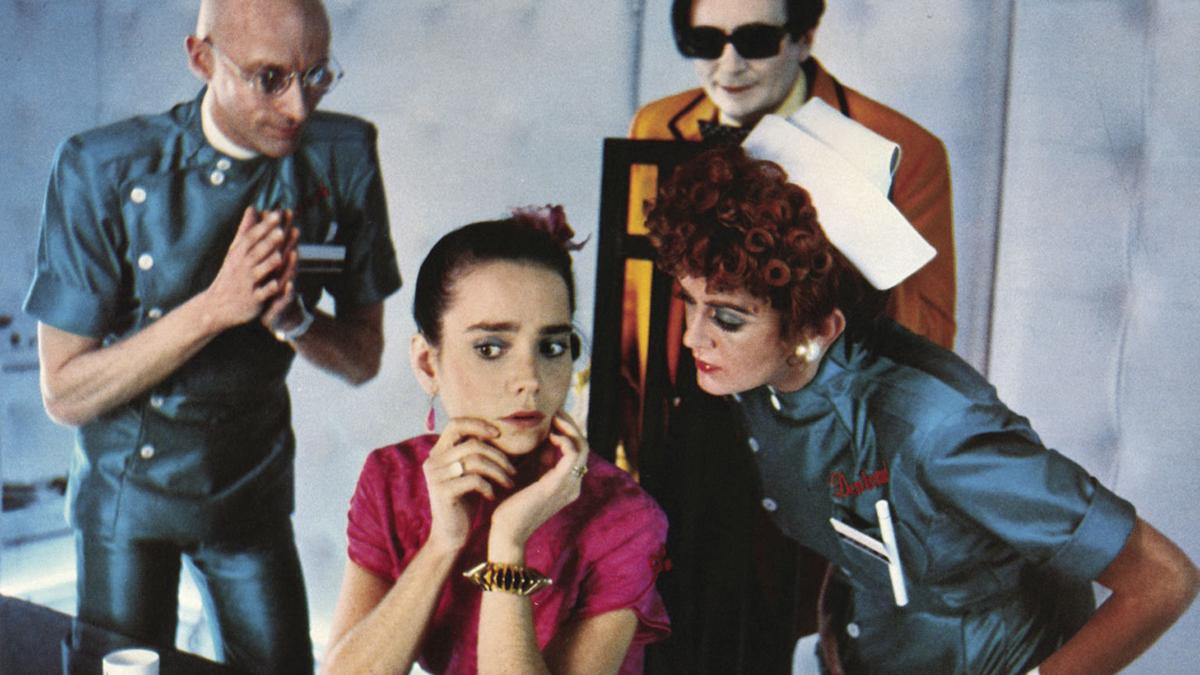Table of Contents Show
As a musical fanatic, I have extensive knowledge of musicals that most people today have never heard of, so I want to share my knowledge in the form of a four-part “miniseries.” The first of this miniseries will dive into Richard O’Brien’s Shock Treatment (1981) (( Sharman, Jim. Shock Treatment. 30 October 1981. 20th Century Fox. Film. )).
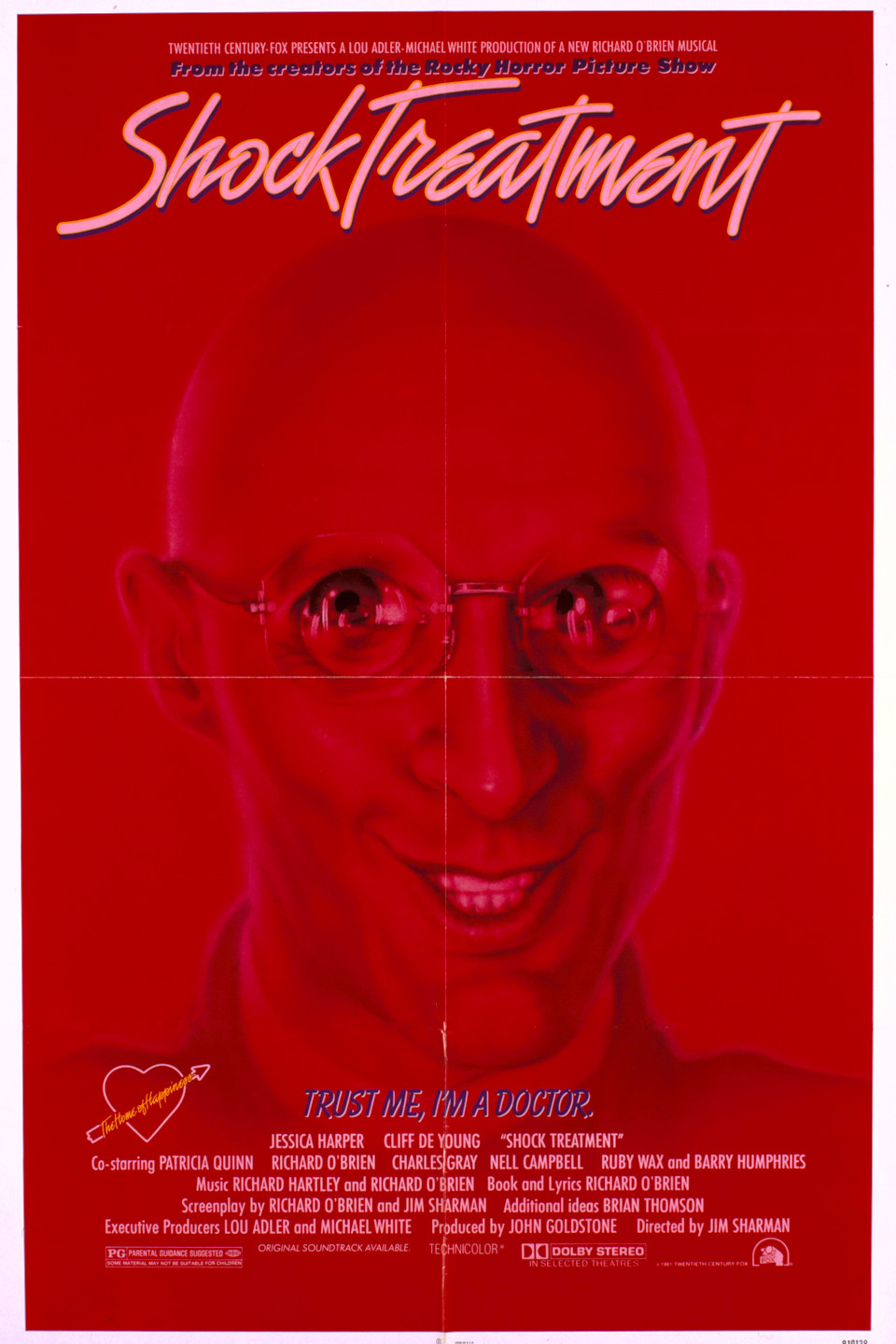
Richard O’Brien’s Shock Treatment is a Frankenstein’s monster of failed The Rocky Horror Picture Show (RHPS) sequels. With songs and some updated lyrics from Rocky Horror Shows His Heels and elements of the plot from The Brad and Janet Show (both failed sequels), Shock Treatment tells a new Brad and Janet story. Shock Treatment is infamously known as, “Not a sequel…not a prequel…but an equal [to RHPS]” (( “Shock Treatment.” All The Tropes Wiki. Accessed August 21, 2020. Shock Treatment | All. )).
The movie takes place in an alternate reality version of Denton, starring Janet Majors (Jessica Harper) and Brad Majors (Cliff De Young). In this movie, Denton is not a wedding destination, but a TV station where everyone is either an audience member or a TV star. At the beginning of the movie, Brad and Janet are invited to play a game called Marriage Maze, and as a prize, Brad is checked into a mental hospital (a TV show called Dentonvale) to “fix” his emotional state. At the same time, Janet is being transformed into Denton TV’s newest star. As the movie continues, her newfound stardom begins to consume her.
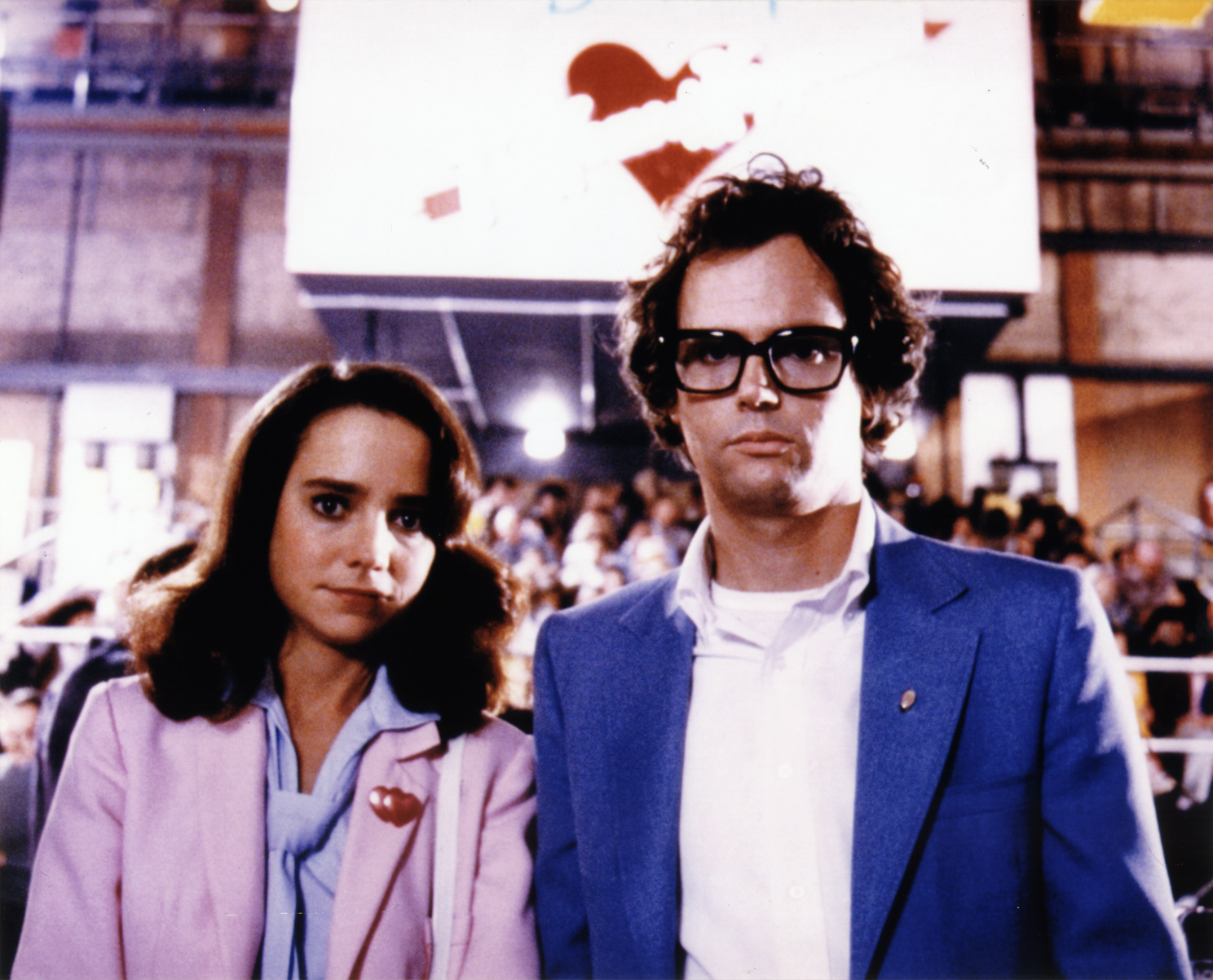
Overall, the movie received mixed reviews, but it still garnered a bit of a fan following, and movie critics have said the movie was “ahead of the curve” (( Blevins, Joe, and Craig Clark. “Shock Treatment, Reviewed by Joe Blevins and Craig J. Clark.” Unloosen, 2010. Shock Treatment, reviewed by Joe Blevins and Craig J. Clark. )). I must say that I’m inclined to agree with these critics.
For all its weirdness, Shock Treatment has some awesome songs, and, most importantly, it predicted today’s obsession with reality TV. More specifically, it predicted how reality TV really feeds on (not necessarily sexual) voyeuristic tendencies and turns a fascination with people into something toxic. And it is often the TV stars’ mental health that suffers the most.
Voyeurism In Reality TV
Voyeurism is defined as, “The practice of taking pleasure in observing something private, sordid, or scandalous” (( “Voyeurism.” Merriam-Webster. Merriam-Webster. Accessed August 21, 2020. Voyeurism | Definition of Voyeurism. )). Reality TV hits all of these marks as it allows viewers into people’s personal lives, where the cameras are always rolling.
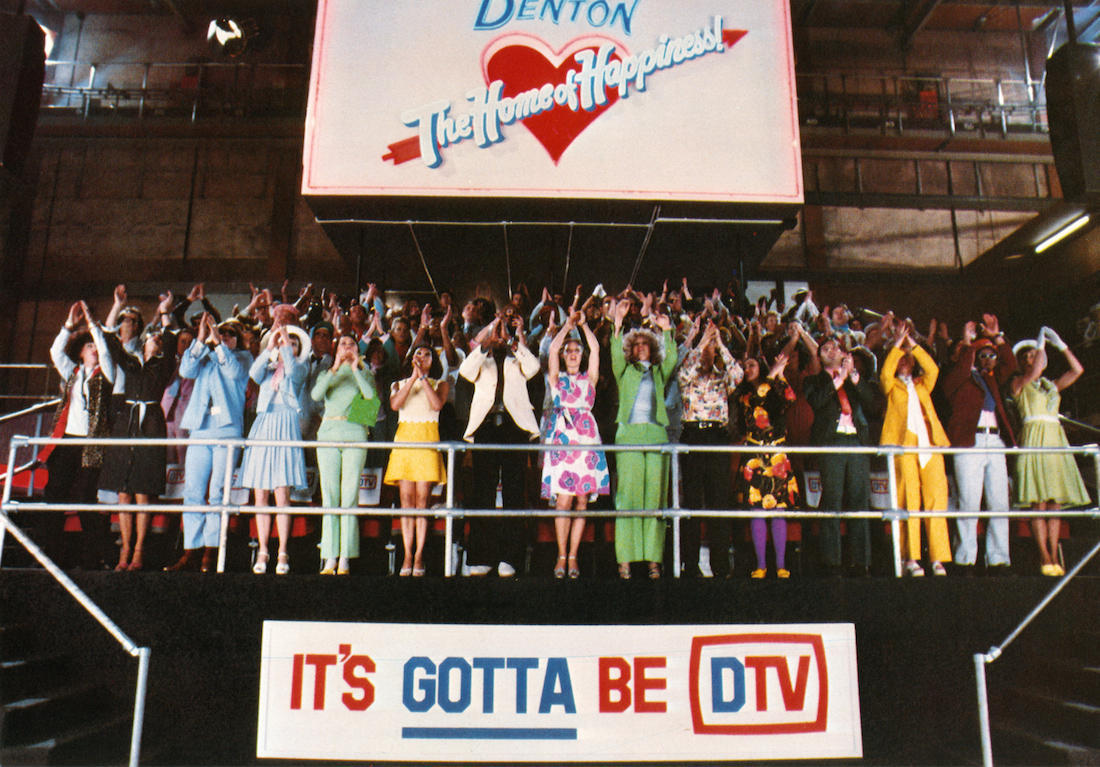
It doesn’t matter that some reality TV shows are scripted because it’s presented as real and most viewers still feel like what they’re watching is genuine. Shock Treatment does make the point of showing some of the TV stars receiving scripts, while others, like Brad and Janet, don’t follow a script as their experiences and their trauma are real for them. Shock Treatment digs into this voyeurism by giving viewers an intimate look into the process behind Janet’s rise to stardom and its consequences.
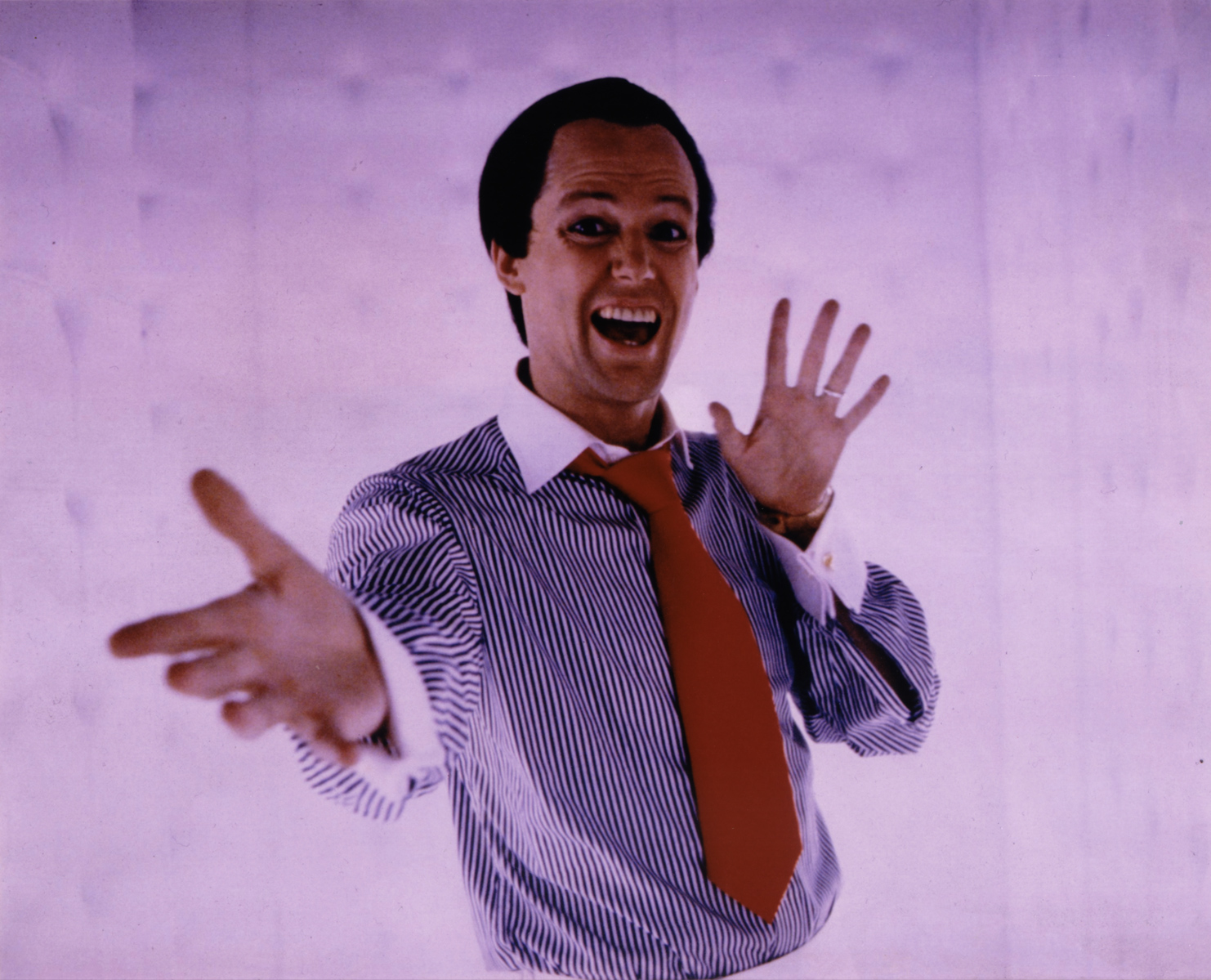
The movie argues that reality TV morphs one’s passing enjoyment into an obsession. What starts out as empathy becomes a toxic enjoyment of the dissection of other people’s lives and, especially, their suffering. Shock Treatment shows this by exploring reality TV stars’ rises to fame and the exploitation of their mental health.
Reality TV Fame
Reality TV in the 80s was nothing like what it is today. Yet, with all of the game shows, dating/marriage contests, and Real Housewives we have now, Shock Treatment showcases a reality TV-centric society that’s reminiscent of ours today. The entire movie takes place in a sound studio, and the audience members even sleep in their seats.
The live audience idolizes the shows and their stars without ever questioning what they’re watching or why people like Janet become famous so fast. In the movie, not unlike the real world, these so-called TV stars are famous just because someone says they are. In the case of Shock Treatment, people are made famous in order to push the TV network’s nefarious agenda: “Take over the entire human race” (( Sharman, Jim. Shock Treatment. 30 October 1981. 20th Century Fox. Film. )). Farley Flavors, who owns the studio, is obsessed with Janet and forces stardom upon her so that she will become the new face of the studio.
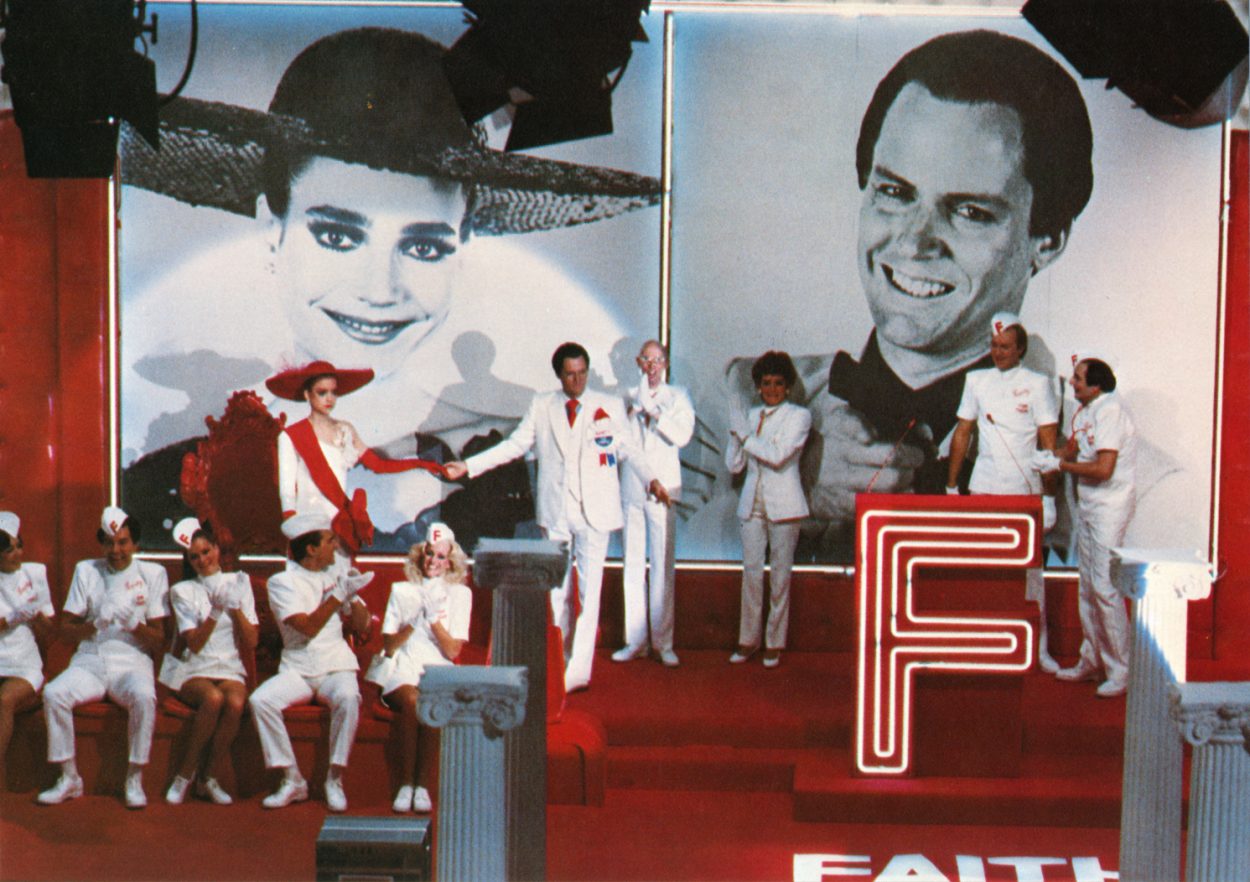
He views her as a vessel for his products, and says that he will use Janet to “package and sell some mental health to the nation.” Farley even plans to crown Janet “Ms. Mental Health” (( Sharman, Jim. Shock Treatment. 30 October 1981. 20th Century Fox. Film. )). The theme of mental health is central to the entire movie. The documentation of the dissection of an individual’s mental health can be considered an invasion of privacy, especially when the individual, like Brad, doesn’t want the treatment. It feeds into the voyeuristic and toxic nature of reality TV.
Exploitation Of Mental Health
Throughout the movie, mental health is the TV studio’s main source of entertainment and Farley’s big product. The movie centers around Dentonvale, a TV show that takes place in a mental institution. Here, Brad is being “cared” for, even though he was healthier before receiving “treatment.” Shock Treatment accurately predicted the commodification of mental health both with Dentonvale and with Janet’s reaction to Brad, her husband, being sent there.
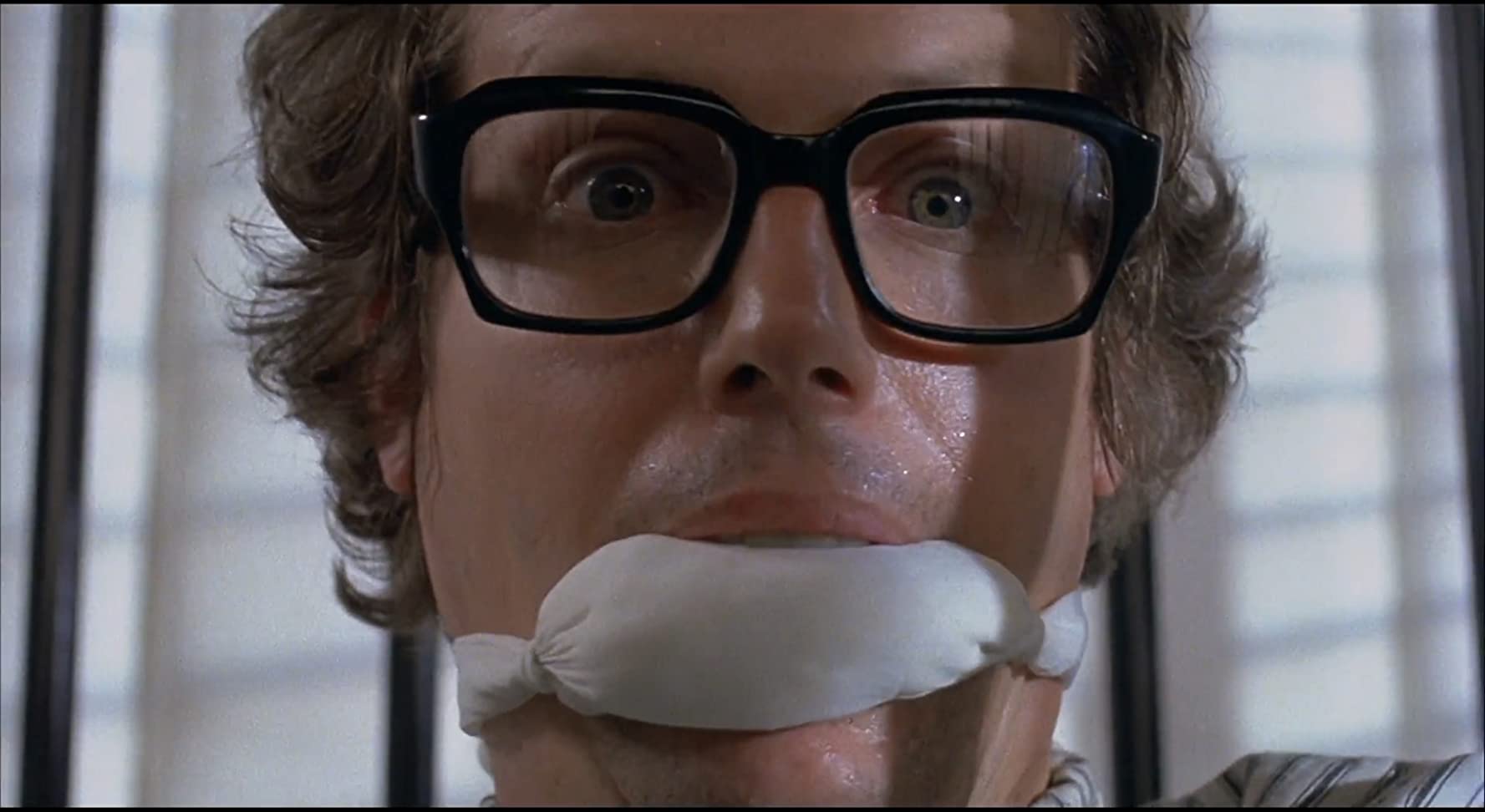
At the beginning of the movie, Janet sees Dentonvale as the next big show, and because her whole life revolves around TV, she doesn’t question what it is or why Brad is being sent there. In fact, when Brad says that he doesn’t want to go to Dentonvale, Janet says, “What do you mean..? You’ll ruin the show!” Janet’s entire world is framed by TV, so she cannot understand why Brad doesn’t want to subject himself to public scrutiny for the sake of entertainment. It’s not until later in the movie, after becoming Farley’s newest star, that Janet realizes what it’s like to be treated like a thing instead of a person.
This dehumanization of reality TV stars is not uncommon in today’s world. In 2019, two Love Island stars committed suicide due to mental health problems they suffered as a result of audience responses to their season of the show. In her CNN article, Rachel Thompson blames the show for neglecting to provide mental health resources for its stars after the show ended. Thompson argues that this commodification of reality TV stars is toxic and possibly inhumane (( Thompson, Rachel. “We’re Not Equipping Reality Stars for Internet Fame. That Must Change.” CNN. Cable News Network, March 30, 2019. Reality TV Has A Mental Health Problem. )).
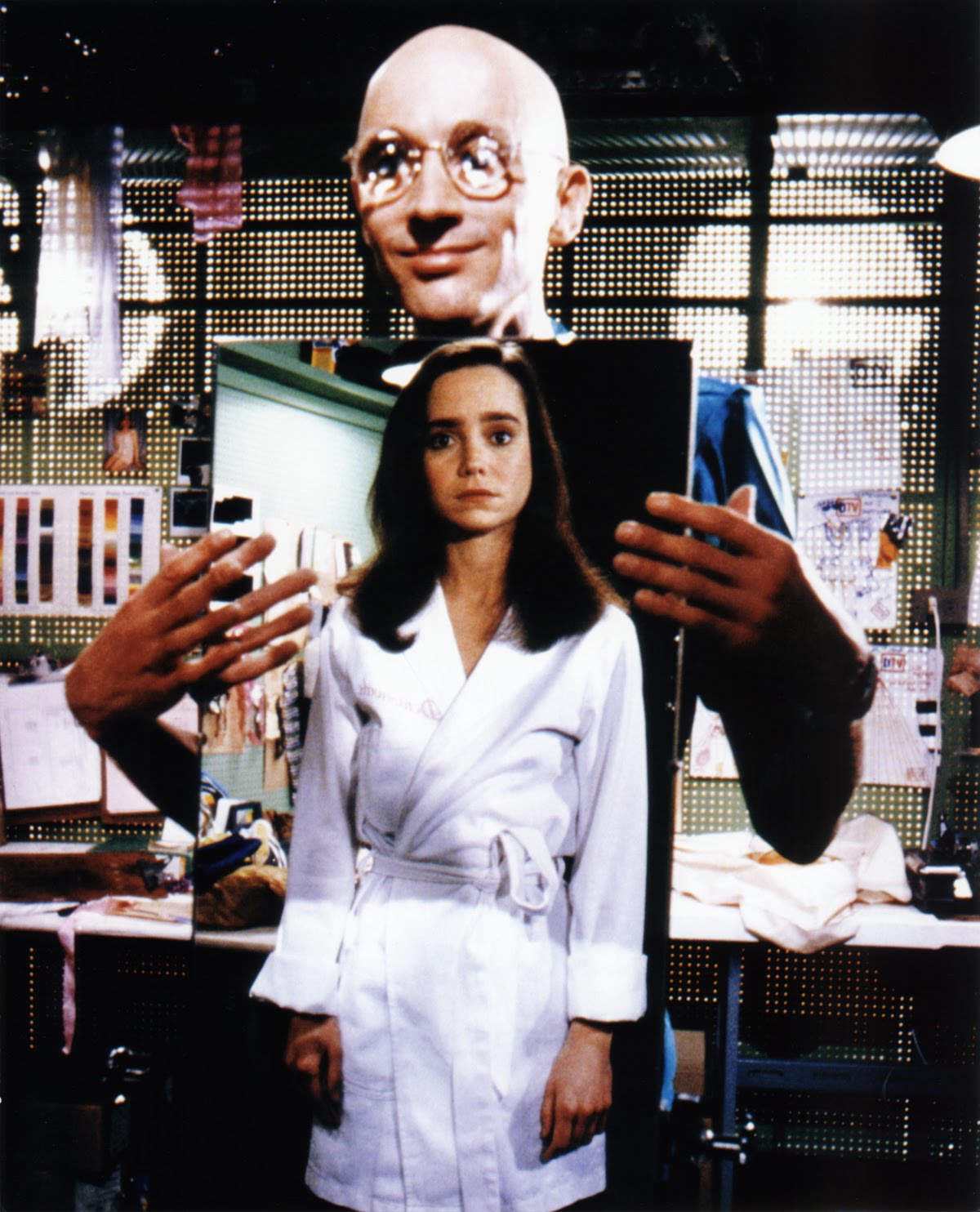
Shock Treatment argues that reality TV shouldn’t ruin people’s lives or damage their well-being by showing what happens when producers don’t care about their stars. Therefore, people’s mental health should never be considered as a source of entertainment, and TV shows should do a better job of protecting the mental health of the people they employ. We all know that reality TV isn’t any fun without conflict, but reality TV needs to remember that their stars are people, not unfeeling products.
Why You Should Check Out Shock Treatment
On a lighter note, Shock Treatment has some really awesome songs that make the movie (or at least the soundtrack) worth checking out. Not only do the songs do a great job of revealing Farley’s motives and Janet’s insane experiences with fame, they’re also fun to listen to. For example, the title song “Shock Treatment” has great energy, and it has been featured in some live performances of RHPS. Another song called “Bitchin’ in the Kitchen” has some fun wordplay and a good beat.
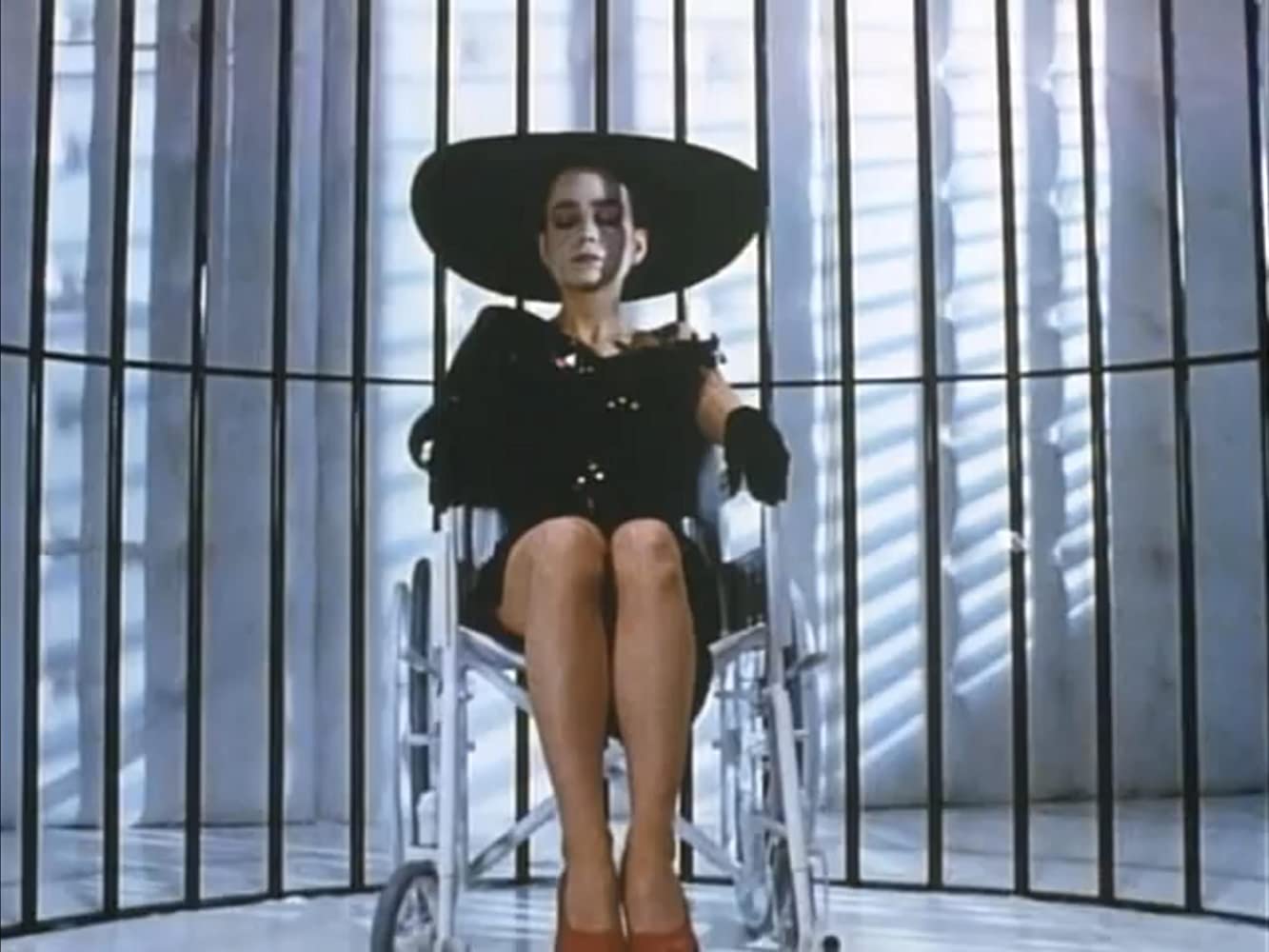
Shock Treatment also features some impressive performances. For example, Cliff De Young plays both Brad and Farley, but if you didn’t know that going into the movie, you might not be able to tell because the performances are so drastically different. Jessica Harper is also great in this movie, and I will admit that I do have a soft spot for her. Her voice is sultry and beautiful, and she portrays the perfect “girl next door” vibe with her own cute charm (( Sharman, Jim. Shock Treatment. 30 October 1981. 20th Century Fox. Film. )).
Overall, while Shock Treatment’s execution could have used some cleaning up in the form of fewer characters and fewer subplots, the movie does an excellent job of predicting and dissecting the moral consequences of today’s reality TV. I think everyone could do with a little Shock Treatment in their lives.
